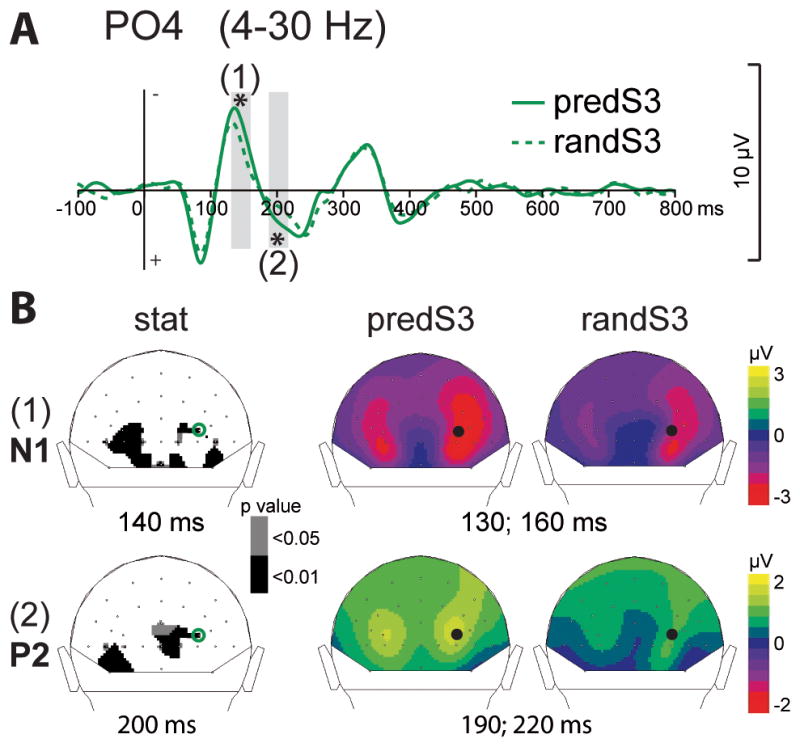Fig. 3. Effect of predictive context on early visual ERPs.

(A) Grand-average ERP waveforms band-pass filtered between 4 and 30 Hz, at PO4 electrode. ERPs to the decisive predS3 stimulus and its non-predictive analog (randS3) are depicted with full and dashed green lines, respectively. Time-windows showing significant difference between the 2 conditions are indicated by grey bars (*: p < .01). (B) Scalp topographies (back views) of the early N1 (1) and P2 (2) ERPs. Left column: topographies of the p-value resulting from permutation tests at the latency of the maximal difference (140msec for N1, 200msec for P2). Right columns: topographies of the mean ERP values in the time-windows indicated by grey bars in (A). The black dots and green circles indicate the position of the PO4 electrode.
